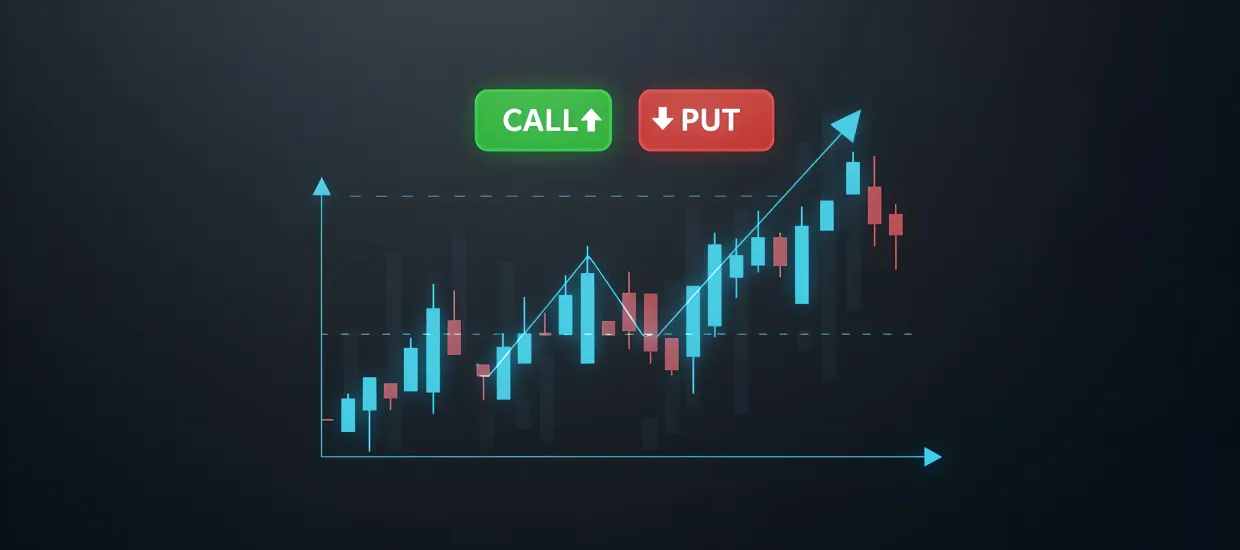- Reduced capital requirements for market exposure
- More frequent trading opportunities
- Ability to capitalize on specific events like earnings releases
- Lower premium costs compared to longer-dated options
Trading Weekly Options: Understanding the Fundamentals and Benefits

Weekly options trading provides opportunities for traders seeking shorter time commitments. These derivatives expire each week, creating unique possibilities for capitalizing on short-term market movements. Let's explore efficient ways to approach trading weekly options.
Weekly options function similarly to standard options but with significantly reduced timeframes. These contracts expire every Friday, giving traders more flexibility when timing market entries and exits. The shorter duration means potentially lower premium costs compared to monthly equivalents.
When considering weekly option trading, understanding the benefits and challenges becomes essential for developing your strategy.
| Feature | Weekly Options | Monthly Options |
|---|---|---|
| Expiration | Every Friday | Third Friday of month |
| Premium Cost | Generally lower | Higher |
| Time Decay | Accelerated | More gradual |
| Strategy Focus | Short-term moves | Longer-term trends |
The structure of weekly options presents several benefits for traders with the right approach and risk management systems.
Day trading weekly options has become popular among traders seeking to leverage short-term market movements without committing to longer timeframes. This approach requires different tactics than traditional options strategies.
| Strategy Type | Best Used When | Risk Level |
|---|---|---|
| Directional Calls/Puts | Strong market conviction | High |
| Credit Spreads | Expecting limited movement | Medium |
| Iron Condors | Low volatility expected | Medium |
| Calendar Spreads | Utilizing time decay | Medium-Low |
The accelerated time decay of weekly options makes risk management particularly important. Without proper controls, losses can accumulate quickly.
- Set strict position size limits (1-5% of total capital)
- Establish clear exit points before entering trades
- Consider using stop losses or mental stops
- Avoid overleveraging on a single market view
Platforms like Pocket Option offer tools specifically designed for efficiently trading weekly options with built-in risk management features. Having access to the right tools can significantly improve execution and analysis.
| Risk Management Tool | Function | Importance |
|---|---|---|
| Position Sizing Calculator | Determines appropriate trade size | Critical |
| Stop Loss Orders | Automatic exit at predetermined price | High |
| Profit Targets | Planned exit at profit point | High |
| Option Greeks Analysis | Measures option sensitivity | Medium-High |
Technical analysis plays a crucial role in trading weekly options, as short-term patterns often drive price action. Focus on indicators that highlight immediate market dynamics rather than long-term trends.
- Support and resistance levels
- Moving averages (shorter periods like 5, 10, 20)
- RSI and stochastic oscillators
- Volume patterns
| Technical Indicator | Timeframe for Weekly Options | Application |
|---|---|---|
| Moving Averages | 5-20 periods | Trend direction |
| RSI | Hourly/4-hour | Overbought/oversold |
| MACD | Faster settings | Momentum shifts |
| Bollinger Bands | Shorter periods | Volatility assessment |
Trading weekly options comes with specific challenges that can trip up both new and experienced traders. Being aware of these pitfalls can improve results.
| Common Mistake | Impact | Prevention |
|---|---|---|
| Overleveraging | Amplified losses | Strict position sizing |
| Ignoring time decay | Erosion of option value | Account for theta in analysis |
| Chasing momentum | Late entries, poor fills | Plan entries in advance |
| Emotional trading | Poor decision-making | Follow trading plan |
Trading weekly options offers a middle ground between day trading and longer-term investing. The key to success lies in understanding the unique characteristics of these instruments, particularly their accelerated time decay and sensitivity to short-term market movements. By implementing proper risk management, focusing on appropriate technical indicators, and avoiding common pitfalls, traders can effectively incorporate weekly options into their market approach.
FAQ
What capital is recommended to start trading weekly options?
Most traders should consider starting with at least $2,000-5,000 dedicated capital. This allows for proper position sizing while maintaining enough flexibility to trade multiple opportunities without overleveraging.
How does implied volatility affect weekly options?
Implied volatility significantly impacts weekly options pricing. Higher volatility increases premium costs but also potential returns. During earnings or economic announcements, implied volatility typically rises, making options more expensive before the event and potentially dropping afterward.
Can beginners successfully trade weekly options?
Beginners can trade weekly options but should start with small positions and simple strategies. Focus on learning fundamentals, paper trading first, and gradually implementing real trades with strict risk management rules. Education should precede significant capital commitment.
What's the difference between day trading weekly options and swing trading them?
Day trading weekly options involves opening and closing positions within the same trading day, focusing on intraday price movements. Swing trading holds positions for several days, capitalizing on short-term trends while still using weekly options' time frame advantage.
How do earnings announcements affect weekly options strategies?
Earnings announcements create significant volatility and price movement opportunities for weekly options traders. Options premiums typically increase before announcements due to higher implied volatility. Some traders use strategies like straddles or strangles to potentially profit regardless of direction, while others take directional positions based on expectations.